Fruit Preserves All The Basics
Equipment and Supplies Needed for Fruit Preserves
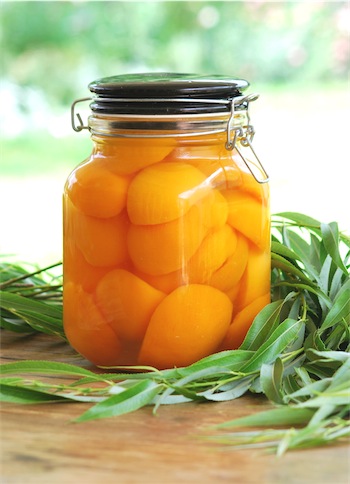
Picture by Janek Szymanowski ©
Any reasonably well equipped kitchen will have most of the utensils needed for preserving fruits. The only essential equipment that may be missing is a supply of mason jars for storing the fruit preserves. A few special utensils are recommended, but you can substitute common household items for these.
Fruit Preserves Equipment
The most important piece of equipment for fruit preserves is a large cooking pot. It should be made of heavy aluminum, stainless steel, or unchipped enamel. The pot must be large enough to hold three times the amount of fruit you are putting into it. Otherwise, the food might boil over. You will also need another large pot for sterilizing the mason jars and a small saucepan for sterilizing the jar caps.
A Large Cooking Pot Is Essential
The jars for most fruit preserves must be processed in boiling water to keep the fruit from spoiling during storage. Special boiling-water-bath canners are available. These are large pots with tight covers and baskets that separate the jars and hold them off the bottom of the pot.
You can, however, use any large covered pot with a rack on the bottom; just use some kind of utensil to separate the jars and to keep them from failing over or bumping into each other. The pot should be deep enough to allow at least 3 inches of headspace above the jars. Special jar lifters are available for handling the hot jars.
For making jelly, you will need jelly bags and a stand for the bags. A jelly bag is simply a bag of thin cloth used to juice the fruit. The stand is a wire frame that holds the bag open above a bowl. You can substitute a piece of muslin or finely woven cheesecloth laid in a colander.
A jelly, candy, or deep_fat thermometer is ideal for ascertaining the jelling point of fruit juice, bur it is not essential. For making jams and fruit butters you will need a food mill to reduce the fruit to a pulp.
A food mill is a colander through which food is pressed by means of a plate attached to a rotating handle. If you do not have a food mill, you can press the food through a sieve or strainer with a pestle or wooden spoon.
You will also need an assortment of small utensils, including a wooden spoon for stirring, a paring knife, measuring cups and spoons, a slotted spoon, a ladle, and tongs for handling hot lids.
You may also need a kitchen scale.
Cooking the fruit
Fruit is preserved by cooking it with sugar or sweetened vinegar and sealing it in airtight sterilized jars. Most fruit spreads are jelled to some extent.
The jelling is brought about by the interaction of the sugar with the natural pectin and acid of the fruit. Fruits that are low in acid must have a little lemon juice added to them.
Fruits that are low in pectin – including blueberries, strawberries, peaches, apricots, and cherries – must have commercial pectin added to them if they are to be used for jellies or other firm spreads.
Pectin must be added and cooked before the sugar is added, but liquid pectin must be added after the sugar has been added and the juice brought to a boil.
To make jelly without adding pectin, boil the sugared fruit juice rapidly until it reaches the setting point – 8 degrees F (13 degrees C) above the boiling point of water. Although the standard boiling point of water is 212 F (100 degrees C), it varies with different altitudes and atmospheric conditions, so check it before making the jelly.
When using a thermometer, make sure its bulb is completely submerged but not touching the pan. Always read the thermometer at eye level. If you have no thermometer, test the setting point by picking up some juice in a spoon, cooling it slightly, and letting it fall back into the pan. If the juice forms two drops that run together and fall off the spoon in a sheet, the jelly is ready.
Filling and Processing Mason Jars
As soon as the fruit has finished cooking, it must be put into containers at once and sealed quickly. Otherwise, bacteria may enter the fruit preserve and cause it to spoil.
The containers must also be free of bacteria when you put the preserve into them. Sterilize the jars ahead of time and have them ready for filling by the time the preserve is finished cooking. Just before you begin the final cooking of the preserve, examine the jars you will be using and discard any that have cracks or nicks.
Put the good jars into a large pot and boil them for l0 minutes, then let them sit in the hot water. Just before the preserve is ready, remove them from the water with a jar lifter, shake out the excess water, and stand them upside down on a towel to drain.
Similarly, you must sterilize the jar caps. Put the caps in a saucepan with water and bring the water almost to the boiling point, then turn off the heat and let the caps sit in the hot water until they are needed.
The most common type of container and the easiest to use is the jar with the two-piece vacuum cap. Another popular jar has a glass top that is held down by wire bails.
Jelly can be put into jelly glasses and sealed with a thin layer of paraffin. Follow the manufacturer’s directions if any other type of container is used.
After the containers have been sealed, they must be processed in a boiling-water bath, unless they contain jelly. Jelly is the only type of preserve that is not processed. If you live at a high altitude, add 1 minute to the processing time called for in the recipes for every 1,000 feet above sea level. This will compensate for the fact that water boils at a lower temperature at higher altitudes.
The University of Florida Article:
Budget Template For Home Canning
Reference: Readers Digest Crafts & Hobbies – A Step-by-Step guide to Creative Skills.


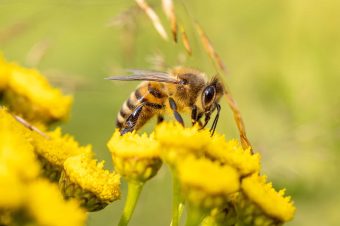
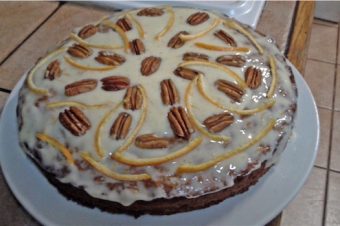
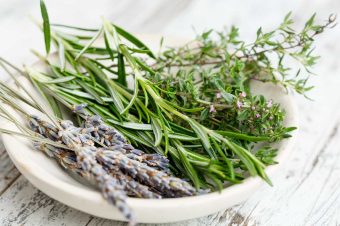
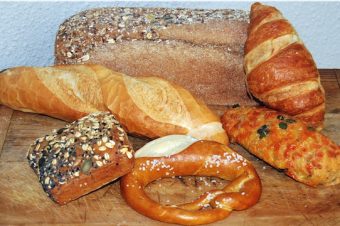
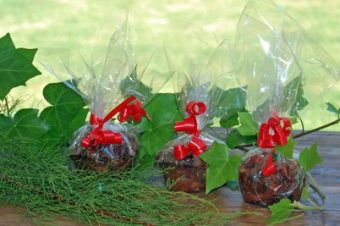
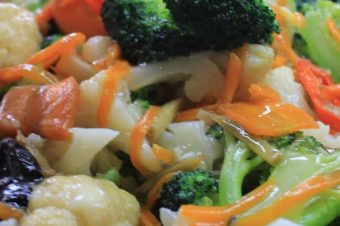
9 Responses
rndmaktn
My fig tree has had an abundant crop finally and I want an old fashioned recipe for fig preserves.
Matthew S
So I cook and I use tomatoes a lot the problem is that I don’t cook every day nor do I have time to go to the store every time. Most of the time when I buy fresh tomatoes and when I get to them they are gone bad. My question is what preserves the longest buy fresh tomatoes and chopped them or buy the jar that already has chopped tomatoes. Am not not a big fan of tomatoes in a can so that out of the question.
Or if you have another suggestion please do.
Austin
I used this recipe to make Strawberry Preserves. But the Preserves are too runny is there any way to fix it now?
8 cups washed and hulled strawberries, cut into bite-size pieces
4 cups sugar
1 lemon, juiced
PREPARATION:
Combine the strawberries and sugar in a large pot and heat slowly until the juices are clear, about 5 minutes. Remove from the heat and stir in the lemon juice, then cover loosely and let stand overnight.
The next day, get everything ready for canning: Bring a large pot of water to a boil and sterilize 5 sets of jars and lids, about 5 minutes. Turn off the heat, but leave the jars and lids in the hot water until you’re ready to use them.
Heat 2 cups of the strawberries and juice in a 10-inch nonstick skillet over medium-high heat. When the strawberries start to simmer, cook, stirring often, until the preserves test done, 3 to 5 minutes. Ladle the jam into the sterilized jars, filling to within 1/4-inch of the rim. Cover with the lid and fasten the ring tight.
Set aside and repeat with the remaining strawberries and juice. To complete the seal, bring the large pot of water back to a boil, place the covered jars in a pasta insert and place them in the pot. Make sure the boiling water covers the jars. Cook 5 minutes.
Remove the jars from the pan and set aside to cool. After 30 minutes, check the lids to make sure they’ve sealed tightly. Gently press down in the center of the lid; if it does not spring back, you have a tight seal. Repeat the canning process with any jars that have not sealed tightly.
Clayton Cottrell
Does anyone know of a site which gives step by step instructions (with illustrations) for small batch canning and preserving….something to help someone who has NEVER done this before. “Preserving for Idiots” or something?
Janek
Use them as soon as you want. If there are any other suggestions out there, they would be appreciated.
sakyue1993
I’ve been canning jams, jellies plus preserves this last summer & I am puzzle over when to put the apricot preserves into a pie filling? This really is a batch which didn’t set completely & I really do not think I can re-do them.
I did utilize 1 package of Sure-Jell…I hope I did the mix right.
Kristian
My brother cooked up some apple preserves he said I must have 4 jars. There are 3 left, now if I want to bake an apple pie with them. Does anybody have any ideas for the perfect pie with these preserves? Don’t include ones which require evaporated milk, condensed milk, or nutmeg. Thanx.
Janek
If your kitchen is up to code and can handle the volume then you can use your own kitchen.
Krazy Bob
As an example, do I have to utilize a commercial kitchen when I am marketing preserves or will my own kitchen be allowed to be used?